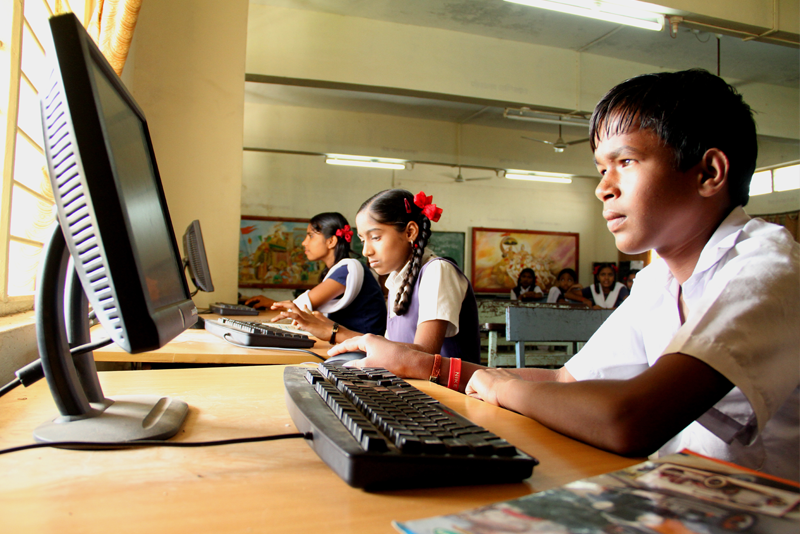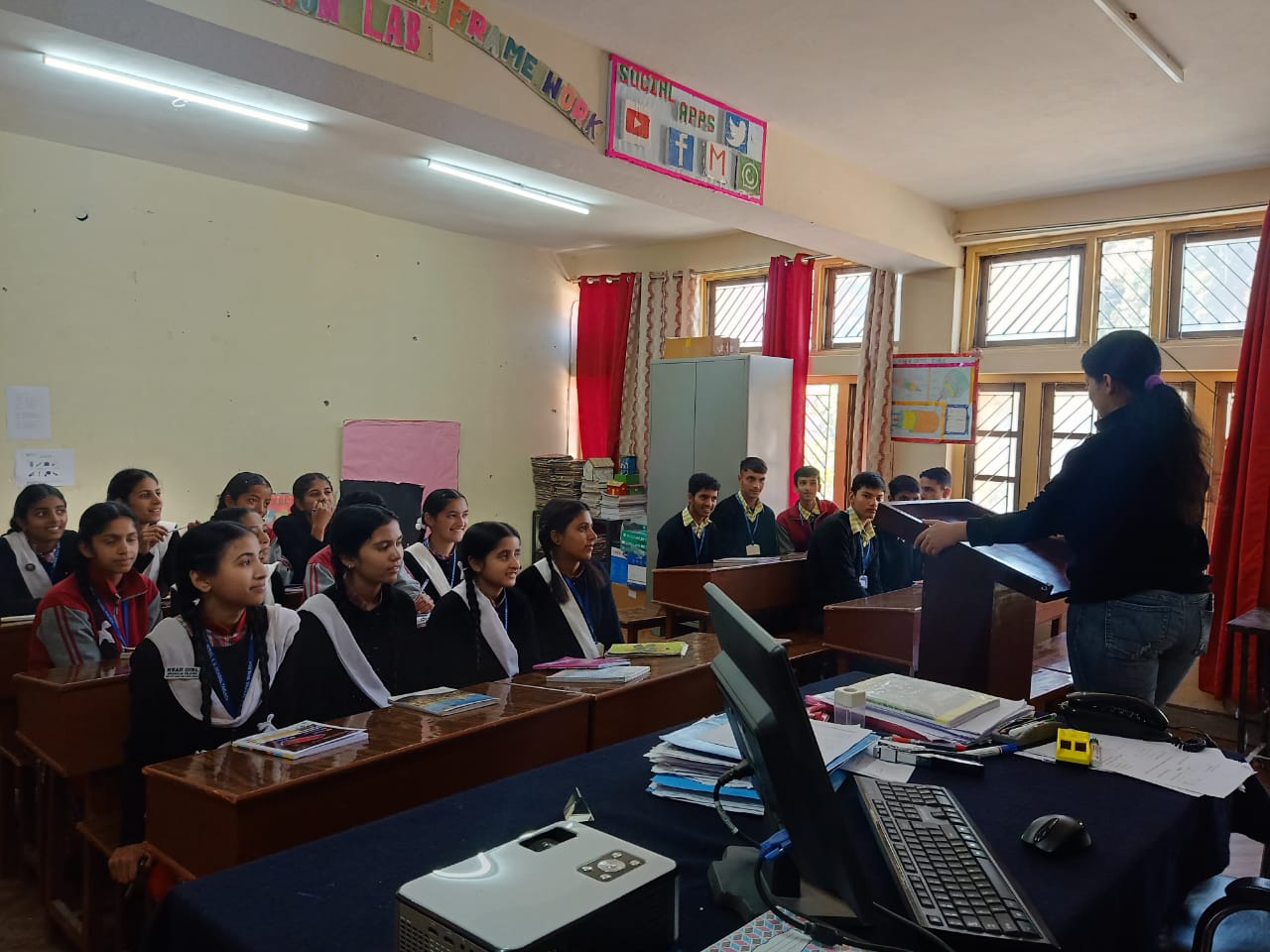- Principal 9418342106
- Office 821988639
- gssstaklech123@gmail.com
The Vocational Education Scheme is a revolutionary move on the part of the Government of India to equip students with skills that extend beyond conventional academics. With the increasing gap between employable skills and general education, the Ministry of Education launched the Centrally Sponsored Scheme of Vocationalisation of Secondary and Higher Secondary Education in September 2011, which was revised on 12th February 2014. The scheme runs from Level 1 to Level 4 under the National Skill Qualifications Framework (NSQF) for Classes 9 to 12.
It is based on the philosophy of learning through doing and seeks to provide students with academic qualifications as well as vocational skills that are synchronized with industry and employment market requirements.
Increase employability and career preparation among young people
Embed vocational education within regular schooling
Offer multiple entry and exit options for higher education and employment markets
Guarantee economic independence and skill-based self-reliance
In Himachal Pradesh, the scheme has added 11 trades at the school level, namely IT & ITeS, Healthcare, Retail, Agriculture, Automobile, Security, Telecom, Tourism, Media, Physical Education, and BFSI (Banking, Financial Services & Insurance).
In Shimla District, 116 schools are covered under the scheme, with more then 16 trade/ sectors and more then 200 schools providing vocational education to more than 15000 students as of 2024-25. The implementation is facilitated by 200+ trained vocational trainers (VTs) who provide quality instruction. Schools are provided with grants for raw materials, laboratory setup, guest lectures, and industrial visits, which are essential in conducting hands-on learning activities.
The scheme also caters to students belonging to economically weaker sections who might not be able to attend college because of financial difficulties. Upon completion of four years of vocational schooling (Classes 9 to 12), students are job-fit with skills and possess a certified NSQF-aligned certificate, allowing them to enter the workforce or move to higher studies in their vocation.

With the launch of this scheme, GSSS Taklech reaffirms its vision to mold well-educated individuals who are competent, self-assured, and equipped to handle the challenges of a changing job market.

Please fill out the form below and we will get back to you as soon as possible.